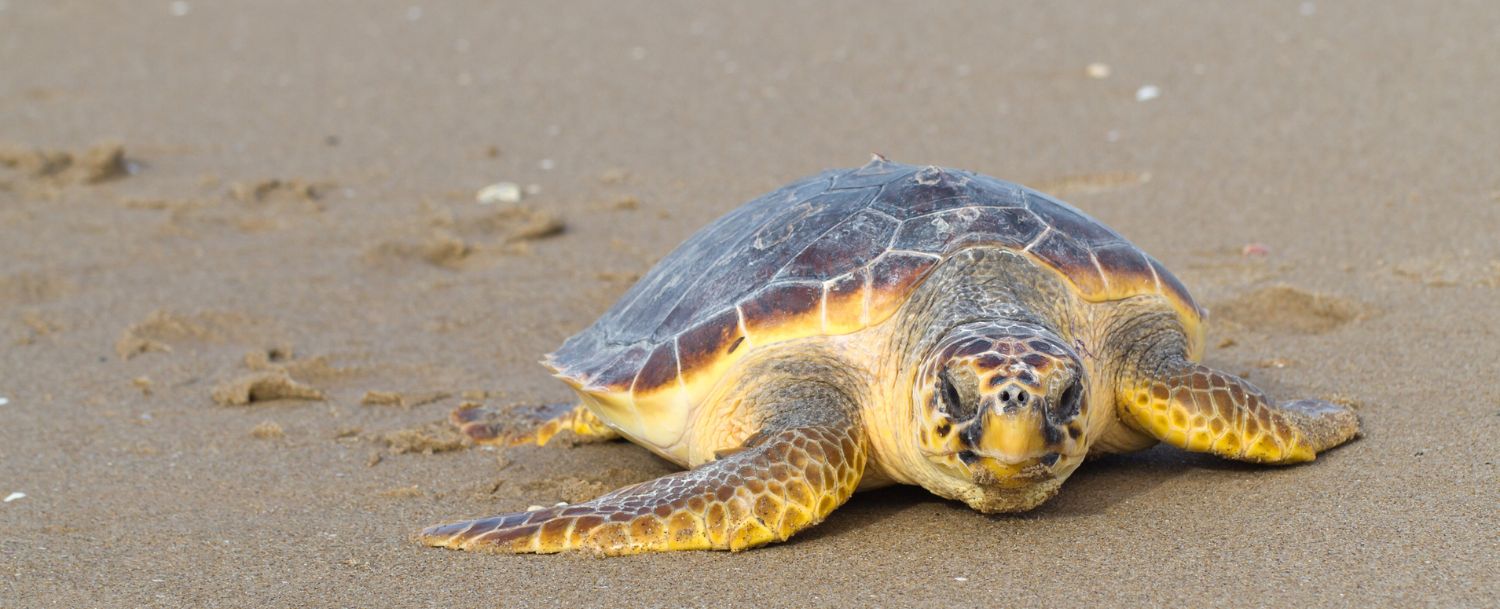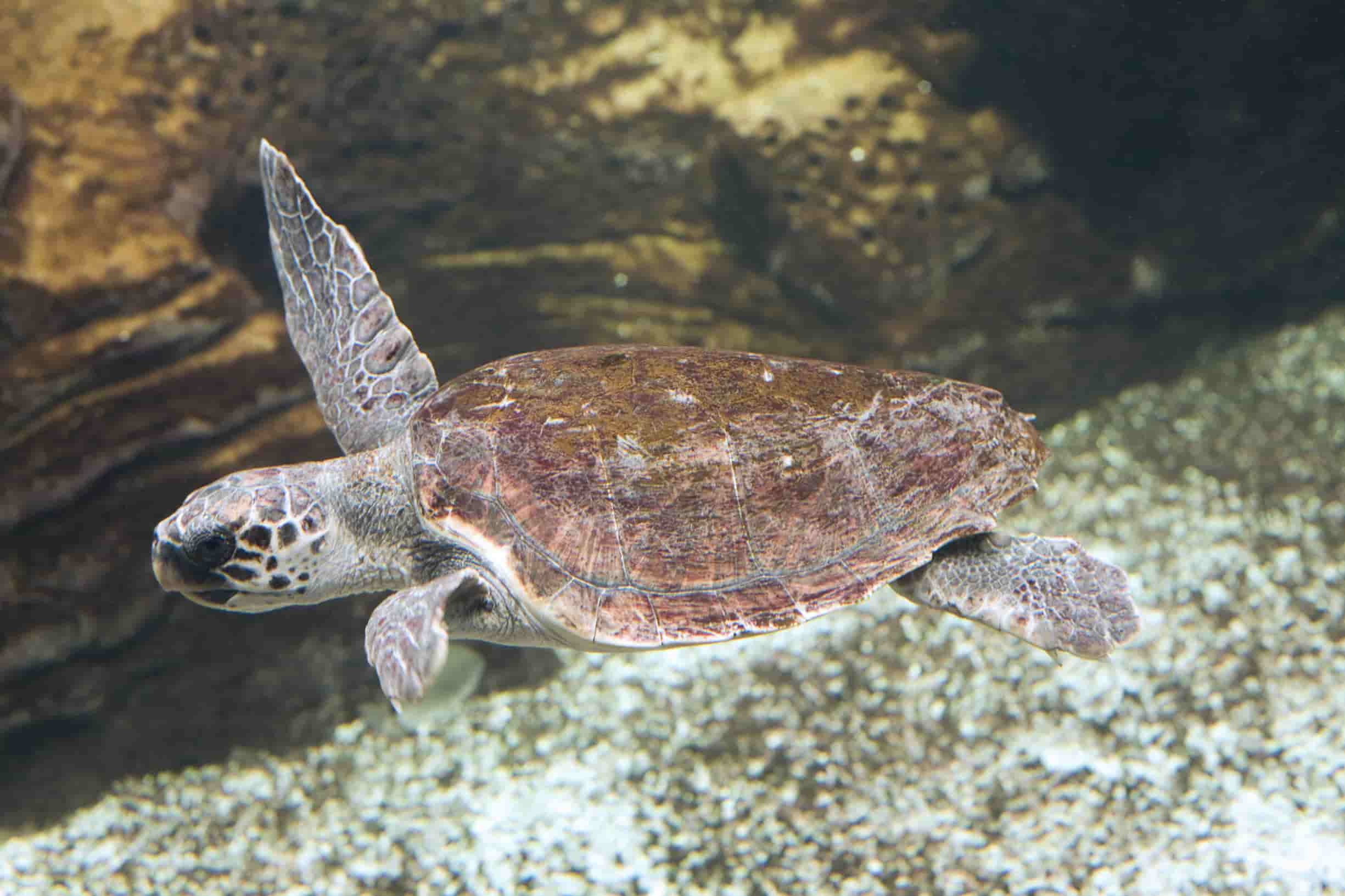Kiawah Island is home to a growing population of loggerhead turtles, a threatened species that has faced numerous challenges in recent years. Thanks to dedicated conservation efforts, these magnificent creatures are making a comeback.
Explore the world of loggerhead turtles on Kiawah Island. Learn about the conservation initiatives in place to protect them. Discover the success stories and ongoing work being done to preserve their habitat.
The Importance of Loggerhead Turtles on Kiawah Island
Loggerhead sea turtles play a crucial role in the ecosystem of Kiawah Island. A keystone species, they serve as an integral component in the balance of marine life. Sea turtles feed on jellyfish and other invertebrates. This prevents these populations from becoming too large.
Additionally, the turtle's nesting habits contribute to the health of the island's beaches. Their eggs provide nutrients to the surrounding dune systems.
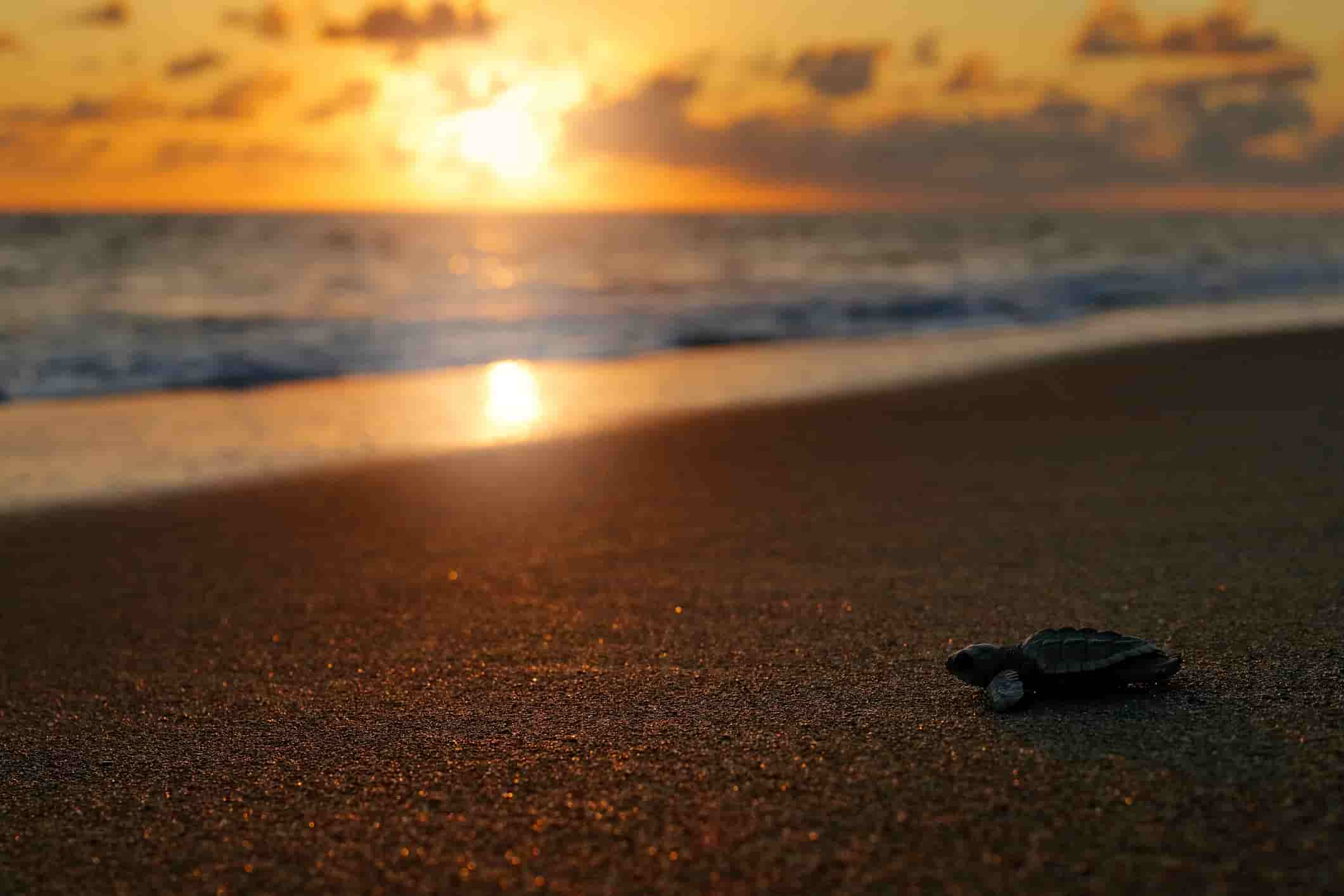
Protecting loggerhead turtles is important for their survival. Plus, it contributes to the overall health and biodiversity of Kiawah Island's coastal ecosystem.
Loggerhead sea turtle season runs from May 1 - October 1 on Kiawah Island and nesting beaches on surrounding barrier islands.
Conservation Efforts to Protect Kiawah Island Turtles
Kiawah Island is a leader in conservation efforts to protect loggerhead sea turtles and their habitat.
One of the key initiatives is the monitoring and protection of nesting sites.
The Kiawah Island Turtle Patrol is one of the largest turtle patrol volunteer programs in the United States.
Kiawah Island volunteers established this long-running turtle conservation program in 1973.
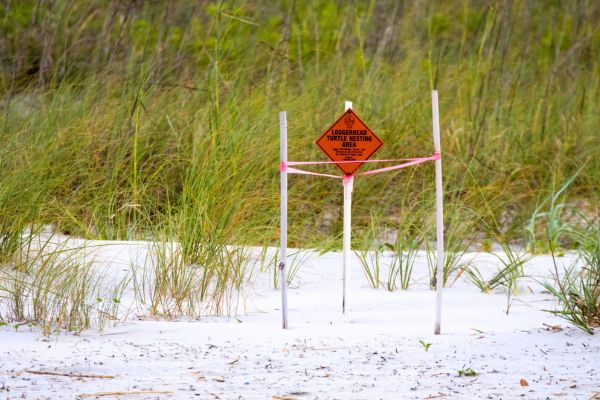
Turtle patrol conservationists and volunteers monitor Kiawah beaches during nesting season to identify and mark turtle nests, ensuring they are not disturbed or damaged. They also educate beachgoers about the importance of keeping a safe distance from nesting turtles and their hatchlings.
Another important conservation effort is reducing light pollution on the beaches. Loggerhead turtle hatchlings rely on the natural light of the moon to guide them to the ocean. Artificial lights from nearby buildings can disorient them. This leads them away from the water and toward danger.
Implementing regulations and educating residents and visitors is an important facet of turtle conservation. By promoting the importance of turning off or dimming lights during nesting season, Kiawah Island significantly reduced light pollution. This increases the chances of hatchling survival.
Additionally, the island implemented measures to reduce marine debris and pollution. Sea turtles often mistake plastic bags and other debris for food. This can lead to ingestion and entanglement.
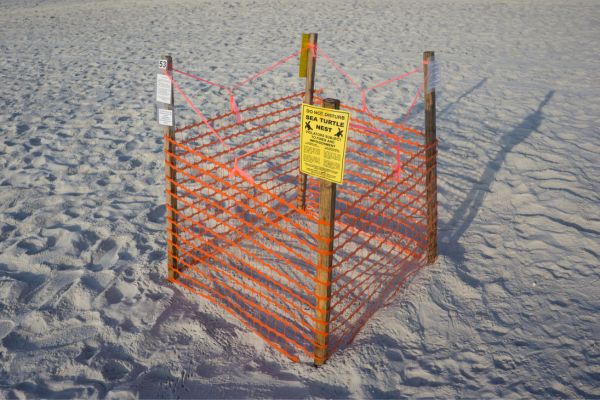
By promoting responsible waste management practices, Kiawah Island leads beach communities in maintaining a clean and safe environment for loggerhead turtle populations and other marine species.
These conservation efforts offer successful results. The number of loggerhead turtle nests on Kiawah Island steadily increased over the years, indicating a positive trend in their population.
By continuing these efforts and raising awareness about the importance of protecting loggerhead sea turtles, Kiawah Island is ensuring the long-term survival of these magnificent creatures and the preservation of its coastal ecosystem.
Success Stories in Kiawah Loggerhead Turtle Conservation
Conservation efforts on Kiawah Island offer several success stories in loggerhead turtle preservation. One notable accomplishment is the increase in the number of loggerhead turtle nests on the island. Through the tireless efforts of the Kiawah Island Turtle Patrol, the population of loggerhead turtles is now thriving.
Sea turtle season on Kiawah Island is from May 1 to October 1. Nesting females lay 100-150 eggs in a single nest. During turtle season volunteers walk the beaches at dawn to identify, monitor, and protect these nesting sites. Each nest is identified and monitored through the hatching cycle. Conservationists also educate islanders on the importance of the reduction of light pollution and marine debris.
Another success story is the successful hatching and release of loggerhead turtle hatchlings.

Kiawah Island Turtle Patrol volunteers educate beachgoers about the importance of keeping a safe distance from nesting turtles and their hatchlings.
The Town of Kiawah Light Ordinance restricts outdoor lighting on the beach during turtle season. Its goal is to increase the number of hatchlings that safely make their way to the ocean.
Furthermore, the efforts on Kiawah Island have not only benefited loggerhead turtles but also other marine species. By reducing marine debris and pollution, the overall health of the coastal ecosystem improves creating a safer and cleaner environment for all marine life, including our precious bottlenose dolphins.
These success stories serve as a testament to the effectiveness of the vast conservation efforts on Kiawah Island. By continuing these efforts and spreading awareness about the importance of protecting loggerhead turtles, the island ensures the long-term survival of these magnificent creatures and the preservation of a delicate coastal ecosystem.
-
Ongoing Work and Future Plans for Loggerhead Sea Turtle Conservation
The Sea Turtle Care Center at the South Carolina Aquarium offers aid, rehabilitation and ultimate release back into the water.
You can visit the South Carolina Aquarium in Charleston, SC, and learn more about the incredible efforts of the care team. Tickets are available online and are a perfect activity for a rainy day.
Conservation efforts for loggerhead turtles on Kiawah Island are ongoing and collaborative, with plans for future initiatives to further protect these endangered creatures.
A key focus seeks greater monitoring and protection of nesting sites. By increasing the number of trained volunteers and implementing advanced technology, such as remote cameras and GPS tracking, the conservation team aims to enhance their ability to identify and safeguard nesting areas.
-
Education and Outreach
Education and outreach programs are also a crucial part of the ongoing work. By raising awareness among residents, visitors, and local businesses about the importance of protecting loggerhead turtles and their habitat.
In terms of future plans, the conservation team is exploring the possibility of establishing a dedicated sea turtle rehabilitation center on Kiawah Island. This facility would provide medical care and rehabilitation for injured or sick turtles, helping to increase their chances of survival and eventual release back into the wild.
-
Turtle Patrols in Neighboring Communities
Additionally, efforts are being made to collaborate with neighboring coastal communities and organizations to create a network of protected areas and conservation initiatives. The Seabrook Island Turtle Patrol shares the same mission to protect and promote the Loggerhead turtle's natural habitat through identification, education, and advocacy.
By working together, these communities can share resources, knowledge, and best practices to ensure the long-term survival of loggerhead turtles and the preservation of their habitat.
Overall, the ongoing work and future plans for loggerhead turtle conservation on Kiawah Island demonstrate a commitment to protecting these magnificent creatures and their unique coastal ecosystem. Through continued efforts and collaboration, the conservation team aims to secure a brighter future for loggerhead turtles and inspire others to take action in preserving our natural world.
Pam Harrington Exclusives Real Estate
If you love Loggerhead turtles and the idea of living where you can be a part of marine conservation efforts reach out to us for an island tour!
Our dedicated realtors are experienced and specialize in the Kiawah Island market. We look forward to connecting!
